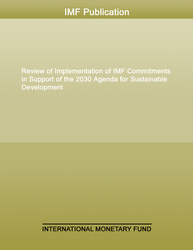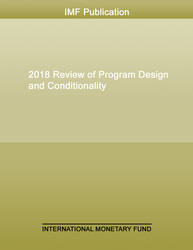
Gulf Cooperation Council
Strengthening Liquidity Management Frameworks in Support of Stability and Growth in the GCC
Effective liquidity management is important to promote macro-financial stability in the GCC countries. Fixed exchange rate regimes provide credible nominal anchors in the GCC countries, but combined with open capital accounts, they also entail limited monetary policy independence. At the same time, high dependence on hydrocarbon revenue has made the region vulnerable to oil price-driven liquidity swings. And the latter can affect monetary policy implementation, including by exacerbating credit and asset price cycles. This highlights the importance of frameworks aimed at forecasting liquidity and ensuring appropriate liquidity levels through the timely absorption or injection of liquidity by central banks.
Over the past decade, liquidity management in the GCC countries has been based mainly on passive instruments. Abundant liquidity during times of high oil prices have placed liquidity absorption at the center of the central bank operations. Reserve requirements have helped absorb liquidity but have not been used very actively. Standing facilities, another key instrument, are more passive in nature, with the amount of liquidity absorbed or injected driven by banks rather than monetary authorities. Central banks bills or other instruments have also been used, but issuance has not systematically been based on market principles. In addition, these operations have been constrained by limited liquidity forecasting capability and the shallow nature of interbank and domestic debt markets.
Publication date: December 2017
ISBN: 9781498346207
$0.00
Add to Cart by clicking price of the language and format you'd like to purchase
Available Languages and Formats
| English |
Prices in red indicate formats that are not yet available but are forthcoming.
Topics covered in this book
This title contains information about the following subjects.
Click on a subject if you would like to see other titles with the same subjects.
interbank , GCC country , GCC , excess reserve , reserve requirement
Also of interest
Summary
Copyright © 2010 - 2025
Powered by:
AIDC



